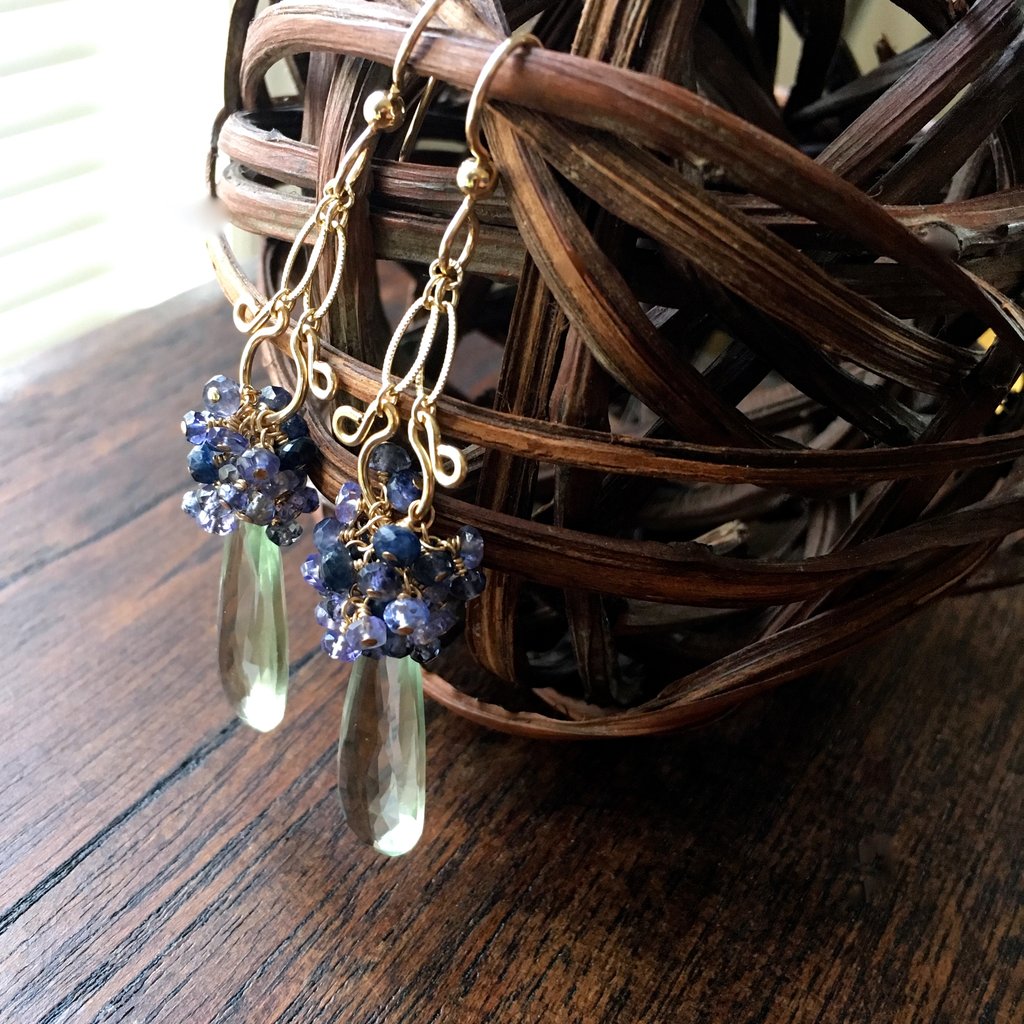I confess, for a very long time I have been incorrectly calling Prasiolites, green Amethyst!!
*Insert shock face here!*
What?!!!
I am in the process of going through my descriptions and changing it all to the “correct terminology”. I am sorry to all of my dear clients who I have sold the beautiful variety of green quartz as green amethyst. It always seemed so cool, to have this option for the February birthstone: “Instead of purple go with this lovely pastel green.” I hope you still enjoyed the gem, it is one of my favorites (OK OK! They are ALL my favorites! 😍).
I found out this tidbit of information earlier this month while doing some research on Amethyst, since it is the February birthstone!
On that note, did you know that the name (amethyst) comes from the Greek ἀμέθυστος amethystos from ἀ- a-, "not" and μεθύσκω methysko / μεθύω methyo, "intoxicate", a reference to the belief that the stone protected its owner from drunkenness. The ancient Greeks wore amethyst and carved drinking vessels from it in the belief that it would prevent intoxication.
It is one of several forms of quartz. Amethyst is a semiprecious stone and is the traditional birthstone for February. (Wikipedia)
It is a rare stone in nature; artificially produced prasiolite is heat treated amethyst. Most amethyst will turn yellow or orange when heated producing citrine. But some amethyst will turn green when treated. Currently, almost all prasiolite on the market results from a combination of heat treatment and ionizing radiation. (Wikipedia)
Tell us, what is your favorite shade of purple amethyst?


Leave a comment